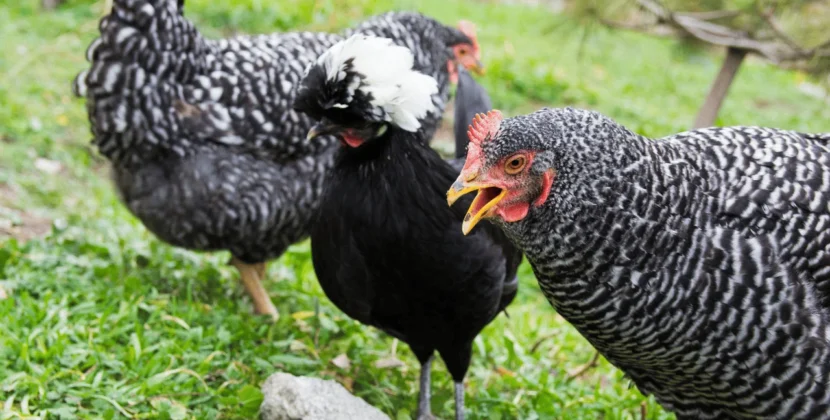Having a dog that comes when called is not only convenient but also crucial for their safety. However, many dog owners struggle with getting their furry friends to respond to their calls. If you find yourself wondering, “How do you make your dog come when it’s called?” or asking what to do when your dog ignores your command, fret not! In this article, we will explore some tried and true techniques to help you train your dog to come when called.
1. Establish a Positive Association
One of the first steps in teaching your dog to come when called is establishing a positive association with the command. Here’s how you can do it:
- Use a happy and enthusiastic tone when calling your dog’s name.
- Offer treats, praise, or rewards whenever they come to you after being called.
- Avoid using their name negatively or associating it with punishment.
2. Start with Short Distances in Controlled Environments
When beginning the training process, it’s essential to set your dog up for success. Start in a controlled environment with minimal distractions and follow these steps:
- Choose a quiet room or enclosed area where your dog can focus on you.
- Call your dog’s name followed by the command “come” or any other word you prefer.
- Use treats or toys as motivators to encourage them to come towards you.
- Repeat this exercise multiple times daily, gradually increasing the distance between you and your dog.
3. Practice Recall Games
Making training sessions enjoyable for both you and your dog can significantly improve their response rate. Incorporate recall games into your routine:
- Hide and Seek: Have someone hold your dog while you hide. Call their name followed by the command “come.” Reward them with praise and treats when they find you.
- Chase Me: Run away from your dog and encourage them to chase you. When they catch up, reward them with treats and praise.
4. Use Positive Reinforcement Techniques
Positive reinforcement is a powerful tool in dog training. Here are some techniques to reinforce the desired behavior:
- Treats: Reward your dog with small, tasty treats when they come to you after being called.
- Verbal Praise: Use an enthusiastic tone and shower your dog with verbal praise when they respond correctly.
- Playtime: Incorporate play sessions or their favorite toys as rewards for coming when called.
5. Avoid Punishment
Punishing your dog for not coming when called can have adverse effects on their training progress. Avoid resorting to punishment as it may create fear or anxiety and make them less likely to respond in the future.
6. Gradually Increase Distractions
Once your dog has mastered coming when called in controlled environments, it’s time to introduce distractions gradually. Here’s how you can do it effectively:
- Start with mild distractions such as a low-level noise or a toy nearby.
- Maintain a positive and encouraging tone while calling your dog.
- Reward them generously when they respond correctly despite the distraction.
- Gradually increase the difficulty level by introducing more challenging distractions over time.
7. Consistency is Key to Train Your Dog
Consistency is crucial in training any dog, including teaching them to come when called. Remember these key points:
- Use the same command every time you want your dog to come.
- Practice regularly and make training sessions a part of your daily routine.
- Ensure that all family members use consistent techniques and commands.
Teaching your dog to come when called requires patience, consistency, and positive reinforcement. By establishing a positive association, starting with short distances, incorporating recall games, using positive reinforcement techniques, avoiding punishment, gradually increasing distractions, and maintaining consistency, you can successfully train your dog to come when called. So, start implementing these tried and true techniques today and enjoy the peace of mind that comes with knowing your furry friend will always come back to you.






